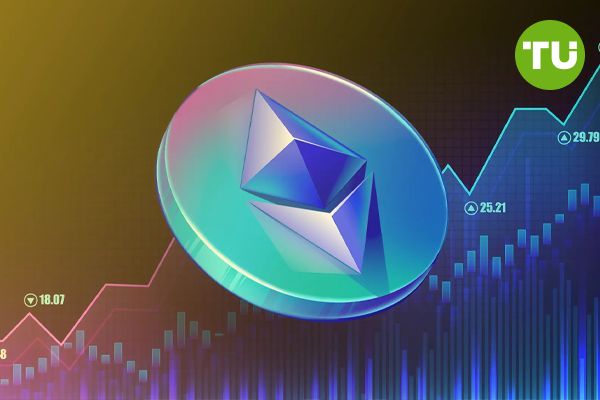Ethereum struggles with falling yields and competition as $750M exits exchanges
 Ethereum struggles with falling yields and competition as $750M exits exchanges
Ethereum struggles with falling yields and competition as $750M exits exchanges
Ethereum has hit a snag. The once-vibrant network is now facing lukewarm enthusiasm, with falling staking yields and a competitive backdrop that’s dimming its appeal. Here’s the story:
The current annual percentage rate (APR) for staking Ethereum is sitting at a modest 2.9% on Lido (Ethereum’s largest staking platform). Compare that to traditional finance yields, like the 2-year US Treasury yield of 4.1%, and it’s clear why some Ethereum holders are less enthusiastic.
As digital asset research firm 10X Research notes, ETH holders are experiencing what they call a “slow bleed.” Now that TradFi options provide higher returns, staking ETH seems more aligned with a safety hold than an attractive investment.
Adding to the shift in sentiment, over $750 million worth of Ethereum has been pulled from major exchanges within just a week. Why? Investors seem to be moving toward long-term holding, potentially as a way to ride out the lackluster yields without triggering a sale. This withdrawal has reduced Ethereum’s reserves on exchanges, tightening liquidity and leaving less ETH available for quick trades. Given the limited supply, the price might hold steady or even rise—but only if buying demand kicks in.
Competition heats up as Solana outpaces Ethereum in October
While Ethereum continues to hold a prominent position in the crypto space, its competitive edge is increasingly under threat. In October, Solana recorded a notable 12% price increase, while Ethereum’s value fell nearly 6%. This growing performance gap indicates a shifting narrative, suggesting that Ethereum may need more than just long-term holders to maintain its lead in an increasingly crowded market.
The base staking reward rate for Ethereum has dropped to 3.1%. Now lower than that of other major layer-one protocols.













































































































































